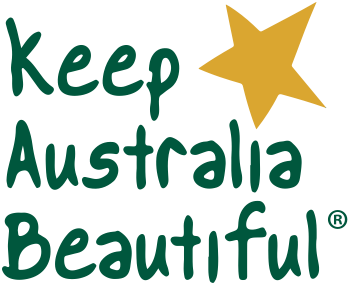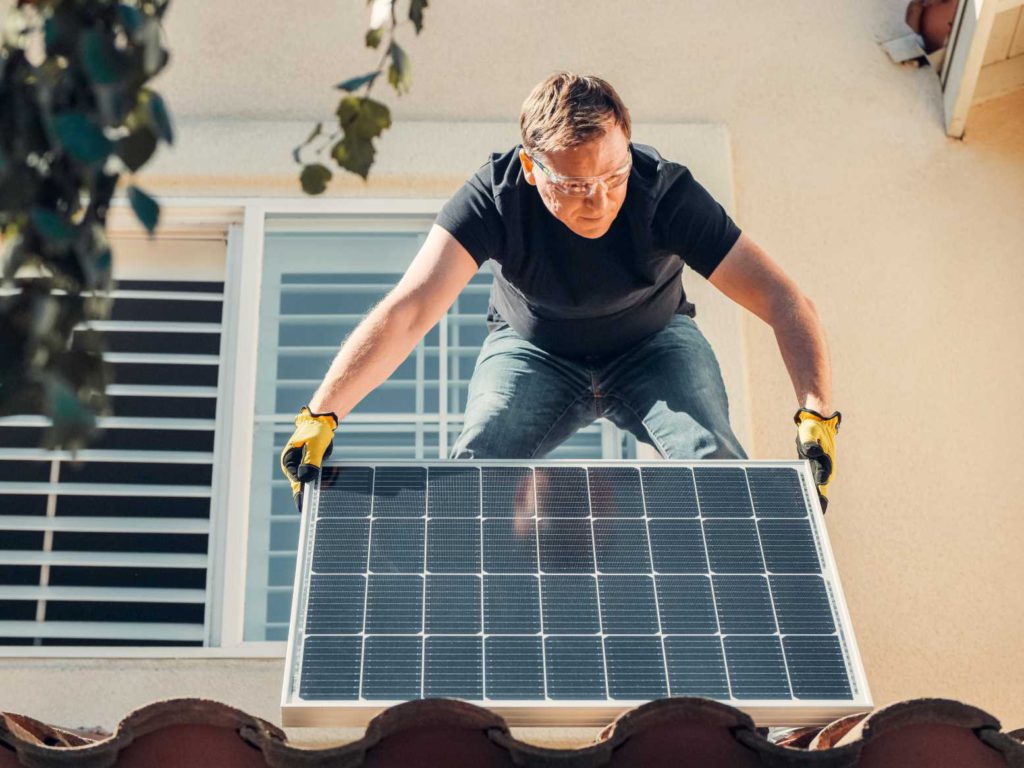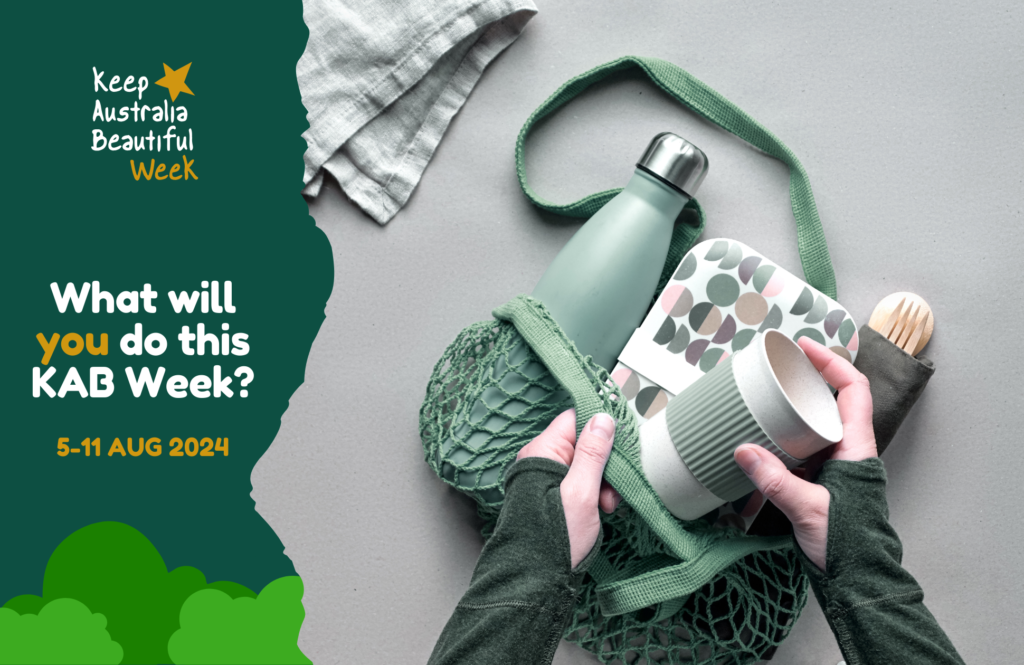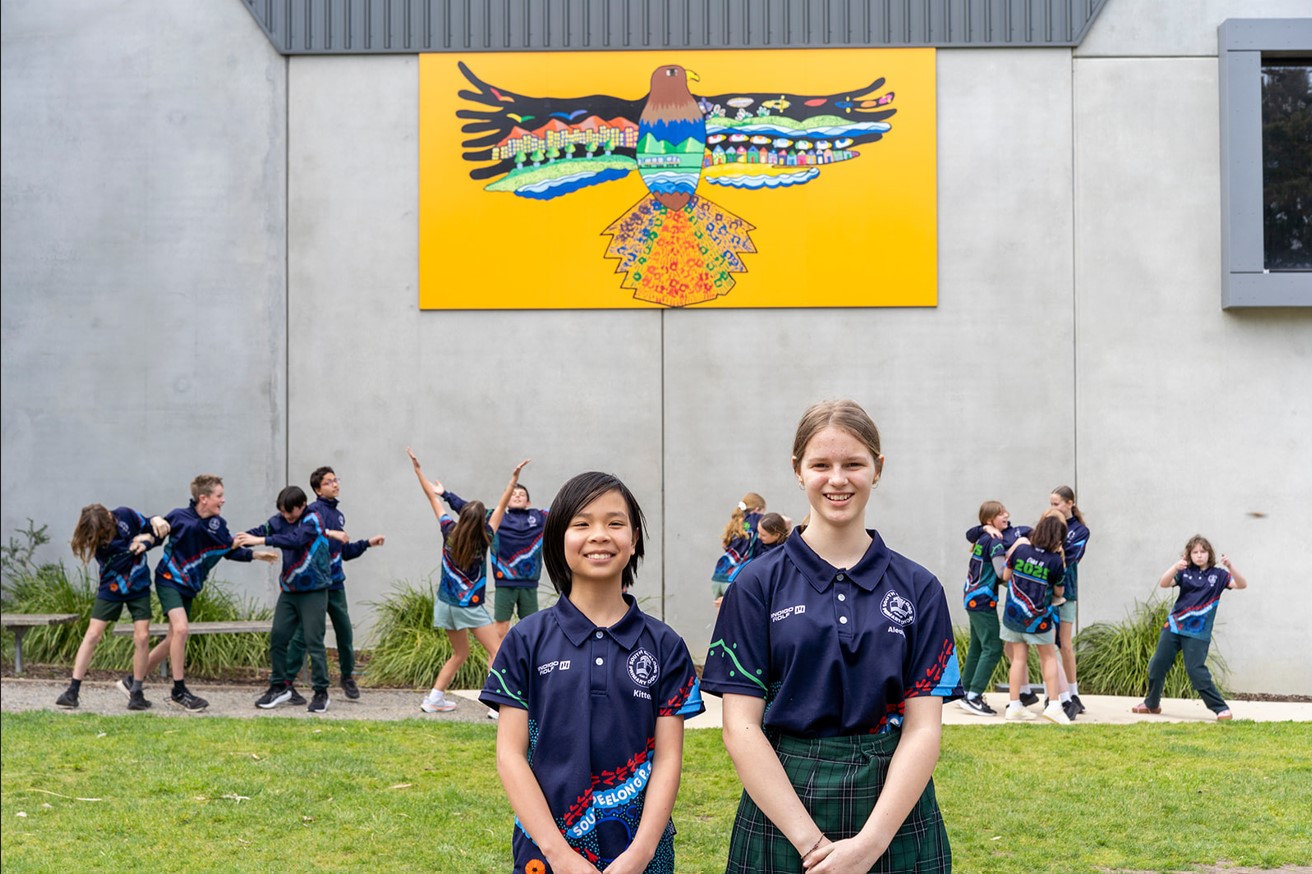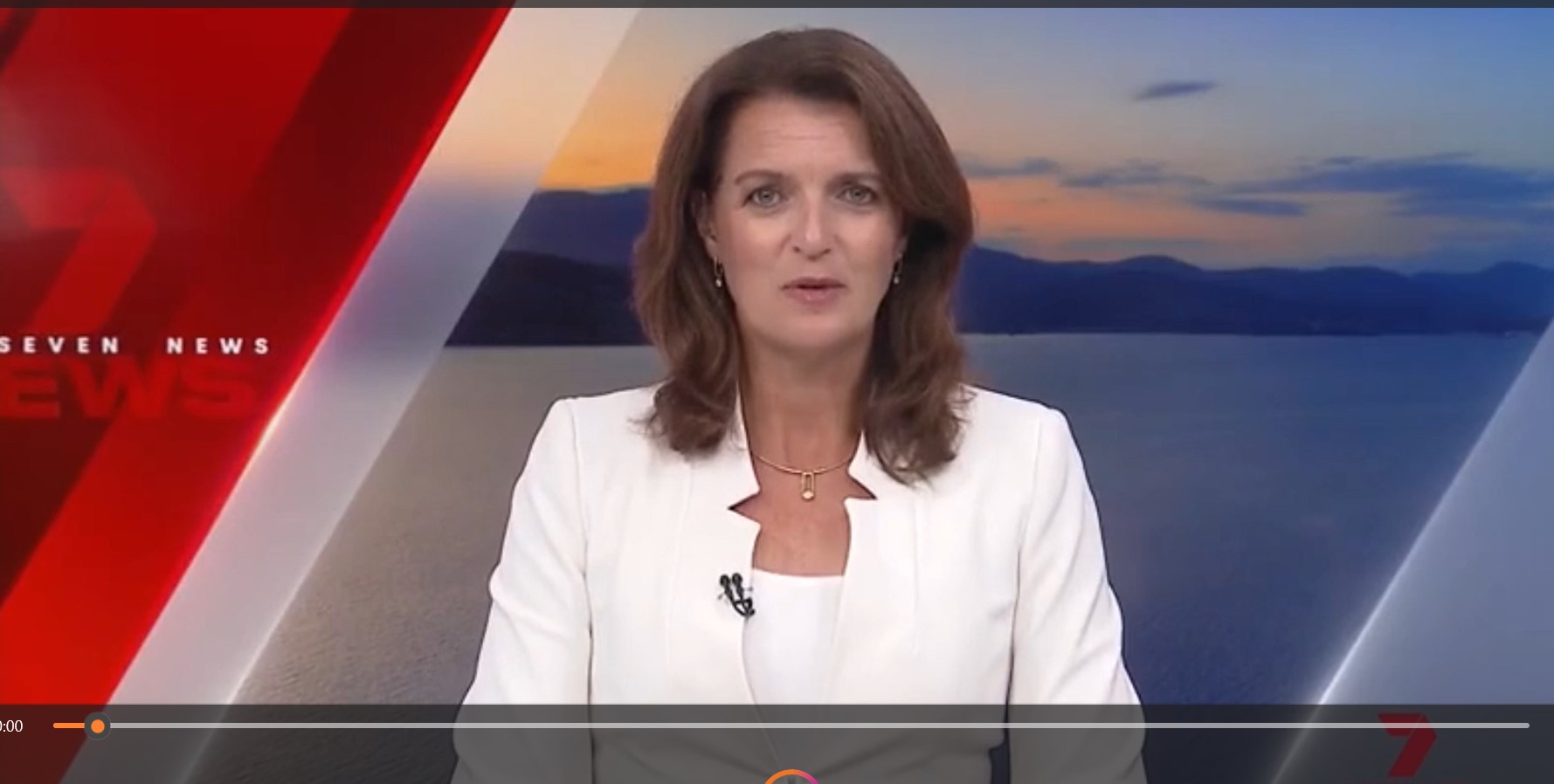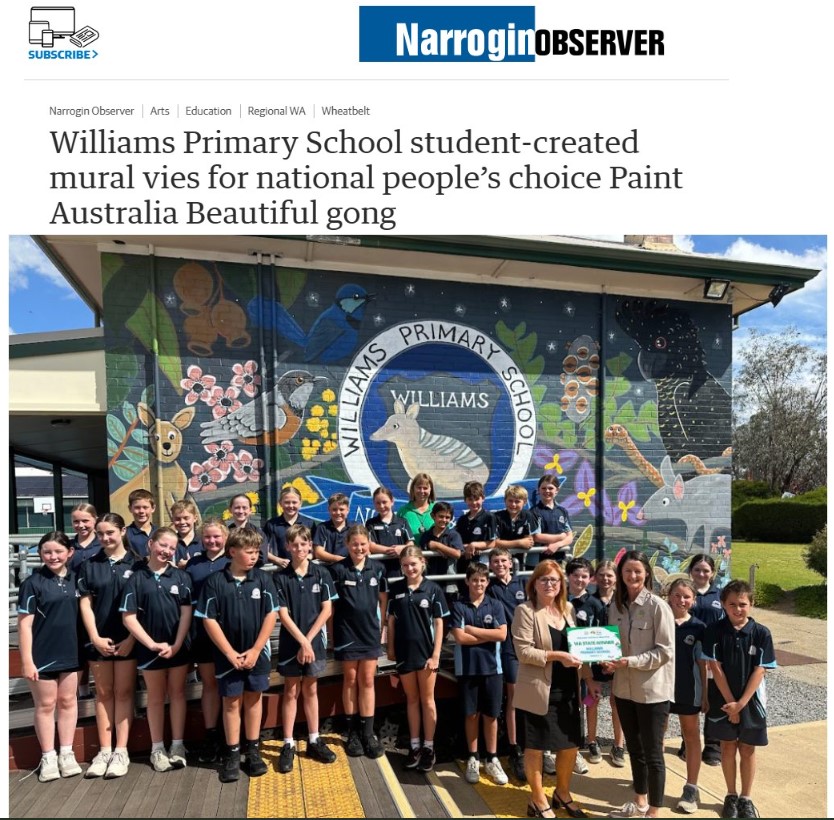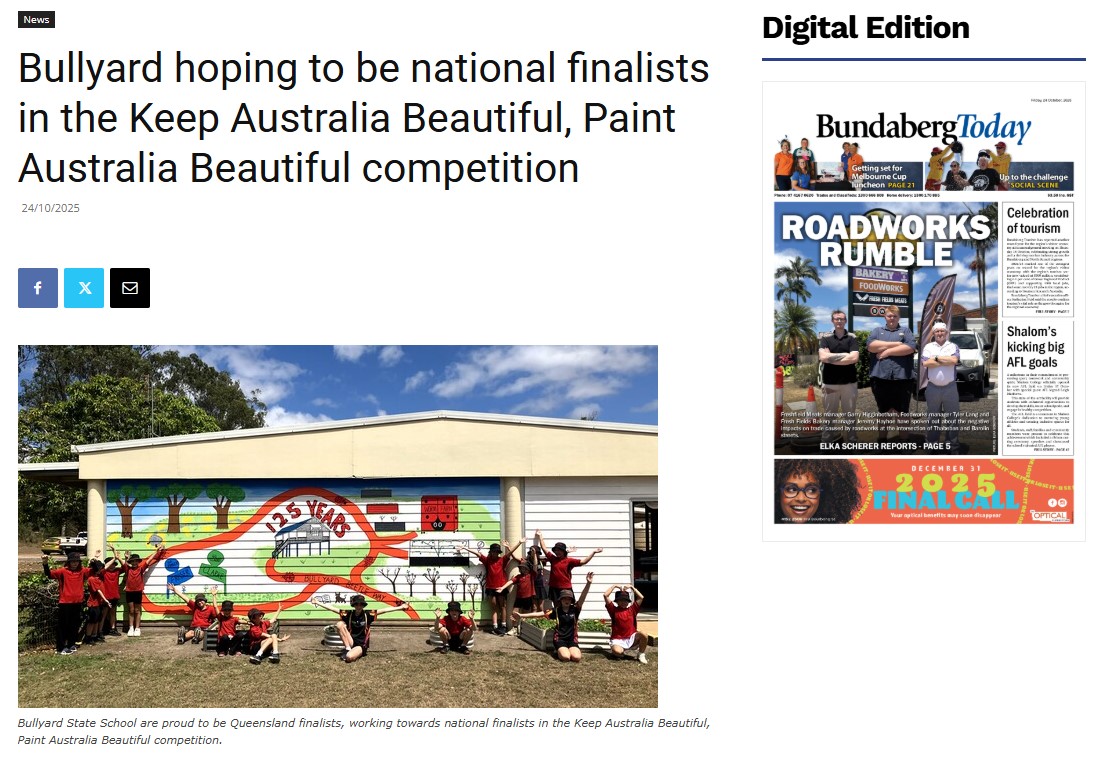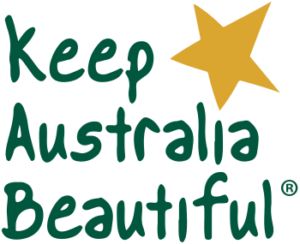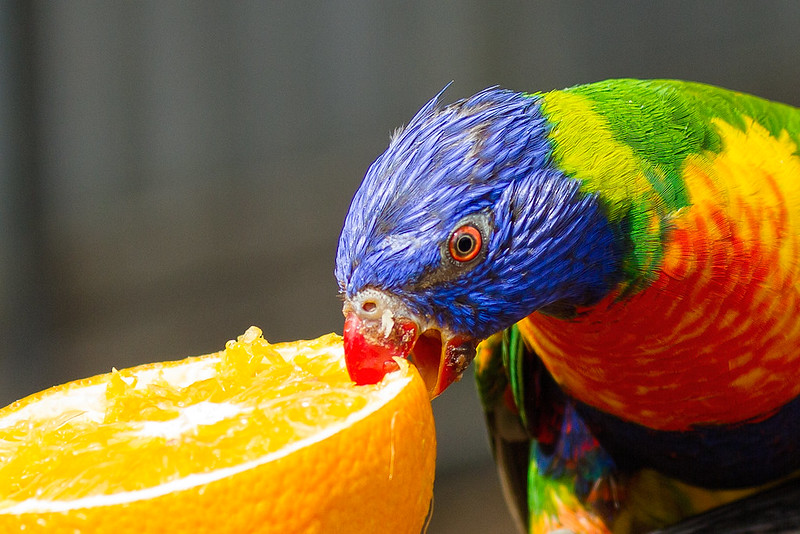
by Rosie Starr, KAB Copywriter (Volunteer)
Australia is well-known for its unique and diverse ecosystems. The average Aussie tourism ad pans across a stunning red vista, plunges into to the Great barrier reef teeming with bright fish and coral, then glances up at a waterfall hugged by luscious ferns in the Daintree rainforest, finishing with a selfie with a quokka, of course. We all know how special our natural environments are; not only are they full of wonder and beauty but also vital for the support of the planet (including us humans!).
However, in stark contrast to this pristine image, Australia produces a staggering 75 million tonnes of waste per year1. Among this, is 3.8 million tonnes of plastic, one quarter of which is single-use plastic1. With such a massive amount of waste being produced, inevitably a significant amount of litter ends up entering the natural environment. It’s estimated that billions of items are strewn across both urban and remote areas of Australia. Recent litter surveys have found that over 80% of litter collected across the country is plastic2. Alarmingly, approximately 130,000 tonnes of plastic leaks into our Marine Ecosystems annually3. This runaway rubbish that escapes landfill and recycling, poses a significant threat to our wildlife and their habitats.
Biodiversity Impacts of Litter:
When we see litter on the ground in a city street, park or roadside, or when we stuff just one more item into an overflowing bin on the sidewalk, we might not imagine it will end up in the ocean, however rain and wind easily transports waste to rivers and storm water drains that lead to the sea4. Once there, it’s known to impact more than 200 local species including turtles, seabirds, whales, dolphins, seals and even corals who ingest and entangle themselves on our waste5.
Unfortunately, animals are not always able to distinguish plastic from food. To a turtle, a plastic bag or ballon can look just like a tasty jellyfish or bit of algae5. Many seabirds skim their beaks along the surface of the water where plastic accumulates then inadvertently feed it to their chicks6. Studies have shown that the smell of krill feeding on the algae that coats marine plastic debris is similar to natural scents that many seabirds follow when hunting for food7. For organisms that are filter feeders like whales, corals and plankton, microplastics are easily sucked up while feeding. Some deep-sea animals like toothed whales use echolocation to hunt for squid, without sight they have no way to tell the difference between food and plastic10.
When plastic is ingested, it can seep toxic chemical into the animal’s body8. It can result in animals starving as their stomachs fill with plastic, leaving no room for food8. Famously, in August 2000 an 8-metre-long Brydes whale was found stranded on a beach in Cairns. A necropsy revealed more than 6 square metres of plastic in its stomach caused its death. While ingestion can cause death, from starvation, suffocation and laceration of the digestive tract, in lower doses it can also lead to hunger and lethargy, making it more difficult for animals to live normally making tasks like foraging, breeding, migrating and escaping predators more difficult8.
Seabirds live their life in the open ocean and only return to land to breed therefore are considered to be a good indicator of ocean health8. In 1960, fewer than 5% of seabirds were found to have plastic in their stomachs, this number has now sky-rocketed to over 90%11. Studies conducted by the Australian Research Council for excellence in coral reef studies have also found that corals digest microplastic at almost the same rate as normal food and are unable to expel them from their digestive system. There is concern that eventually many corals will starve and die as their digestive cavities fill with plastic8.
Entanglements in plastic are also common. Nets, lines, plastic bags, ropes, clothing and six-pack rings can cause restricted mobility, scoliosis, starvation, suffocation and wounding which in turn leads to infections, amputations of limbs and death8. On Whitehaven Beach, another iconic Australian natural attraction, an incident was recorded of a 120kg green sea turtle found stranded with a completely amputated front left flipper caused by fishing line entanglement.
Plastic pollution also has the potential to facilitate the transport of invasive species and harmful chemicals8. Plastic debris allows species like barnacles and sponges to be transported to new eco-systems where they compete for space and resources with native species8. Organic pollutants in the marine environment also cling to plastic debris readily8.
Back on dry land, many grazing animals also accidentally eat plastic, with the likelihood increased when plastic debris is coated with food waste12. However, plastic is not the only human waste causing issues. Many hold the common misconception that throwing organic food waste out of the car window or leaving it in the bush is ok because it will naturally decompose. This view neglects the fact that food waste attracts native animals13. Much of the food we eat is not part of native animals’ natural diets and can result in them getting sick and adopting diseases14. Throwing your food from your car also attracts animals to the side of the road where they are more likely to get hit. 1 in 41 casualty crashes on country roads in Australia involve a vehicle hitting an animal15.
The Plastic Litter Issue:
The plastic litter issue in Australia and across the world, has been a well-known problem for a long time now. It was in the late 1960’s that Keep Australia Beautiful was founded and began educating Australians on the importance of disposing of rubbish appropriately. Since then, the world has continued to become more aware of the damaging impacts that litter causes to our eco-system. We’ve all seen the confronting images of the Great Pacific Garbage Patch, 1.6 million square kilometres of ocean packed with floating plastic16. We’ve seen the ABC’s War on Waste and the Melbourne tram filled with 50,000 coffee cups to represent the number of coffee cups Australian’s use every 30 minutes. Despite all this knowledge, Australia’s growing population and the incorporation of plastics into a whole new range of products means the problem isn’t going away, it’s getting worse. Plastic use per person continued to grow from 123kg in 2010 to 147kg in 202117. By 2050, it is estimated that plastic in the oceans will outweigh the fish3.
What Can We Do To Help Solve The Litter Crisis:
To fix this problem, reduction on our reliance of plastic by Government and Corporate initiatives will of course be crucial. However, changes made by individuals are also vital and have a bigger impact than you might realize. Making educated sustainable purchase decisions, reducing your plastic consumption, correctly disposing of your waste, speaking about the plastic waste problem issues and participating in rubbish clean ups really makes a difference and it inspires others to do the same.
In 2024, our “on-the-go” lifestyles lead us to opting for the fastest, most convenient choices like a takeaway coffee cup or wrapping the kids’ lunches in plastic wrapping but stopping plastic at its source is one of the simplest ways to make change. Say no to single-use plastics like disposable plastic cutlery, plastic straws and coffee cups. Start using reusable items like water bottles, sopping bags, keep cups and travel cutlery and know that you are preventing plastic from making its way to the ocean and into an animal’s stomach.
Avoid plastics that cannot be recycled if other alternatives exist and choose products with biodegradable or minimal plastic packaging. When you do use plastic, make sure you’re looking for the Australian Recycling Labels on products, and this also tells you which parts of packaging can and can’t be recycled. If you can’t find a recycling bin while you’re out, take your rubbish home with you and use your kerbside bins, at least that way you know it will make it’s way back into the recycling system.
Additionally, most states and territory’s now have container deposit schemes which means you get money back for recycling eligible drink containers that have the “10c refund” label. This is a great way to get the kids involved in recycling while filling their piggy banks at the same time. The Victorian Government only just implemented the scheme in November 2023, and within just 2 months of its launch, 100 million containers were recycled and over $10 million of refunds were handed out18. This program nationally, is the best way to ensure drink containers stay out of our water streams and oceans.
Keep Australia Beautiful Week – 5-11 August
This August for Keep Australia Beautiful Week, the theme is “When you’re out and about…leave only your footprints”, and the focus is around litter prevention and biodiversity preservation. Whether you’re enjoying a picnic at the park, a day at the beach, or a hike through Australian bushlands, the one objective is to do it all without leaving a trace. Always take your waste home with you, even your organic waste, and especially your dog’s waste.
Keep Australia Beautiful and Landcare Australia, both share the same awareness raising campaign week in August in a joint mission to enhance natural environments and preserve local biodiversity. If you want to get involved with Keep Australia Beautiful Week or Landcare Week (5-11 August), participants are encouraged to register via www.kab.org.au/kabweek-2024/ and either instigate a clean-up initiative in their local area, school or workplace, or join a Landcare volunteer group to do some planting and restoration work.
Together, our efforts can reduce the detrimental impact of litter on our special Australian wildlife, marine life and habitats for future generations. Let’s take collective action, and don’t turn a blind eye to rubbish on the ground, so we can protect and restore Australia’s rich biodiversity. Let’s unite to Do The Right Thing & Keep Australia Clean!
………………………………………….
References:
1 https://www.dcceew.gov.au/environment/protection/waste/national-waste-reports/2022
2 https://www.cleanup.org.au/rubbish-report
3 https://www.dcceew.gov.au/environment/marine/marine-pollution
4 https://www.ncbi.nlm.nih.gov/pmc/articles/PMC3842337/#pone.0080466-Ryan1
6https://oceana.org/blog/why-seabirds-pacific-are-eating-plastic/
9 https://www.science.org/doi/10.1126/sciadv.1600395
10https://wwf.org.au/blogs/plastic-in-our-oceans-is-killing-marine-mammals/
11https://www.csiro.au/en/news/all/news/2015/september/marine-debris
12https://www.plasticsoupfoundation.org/en/plastic-problem/plastic-affect-animals/animals-eat-plastic/
13https://www.qld.gov.au/__data/assets/pdf_file/0018/107019/factsheet-green-waste.pdf
16https://theoceancleanup.com/great-pacific-garbage-patch/
17https://cdn.minderoo.org/content/uploads/2021/05/27094234/20211105-Plastic-Waste-Makers-Index.pdf
18https://www.premier.vic.gov.au/victorias-cds-hits-over-100-million-container-deposits
IMAGE SOURCE: Marc Dalmulder on Flickr
